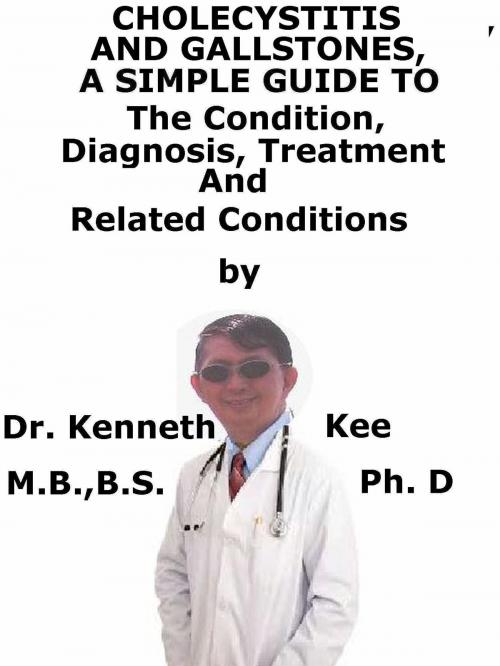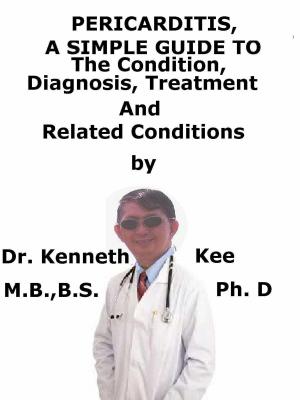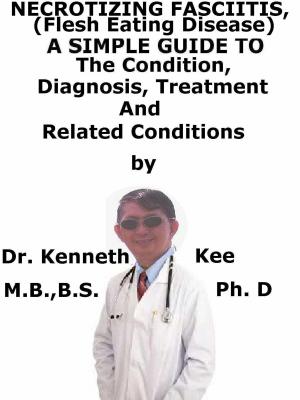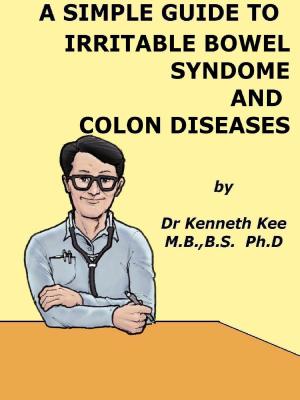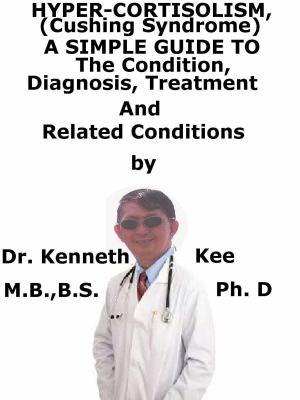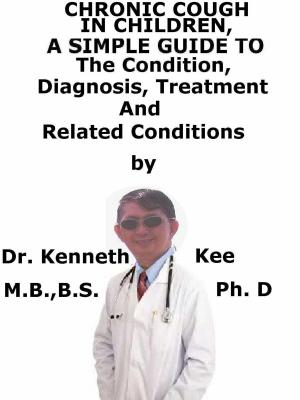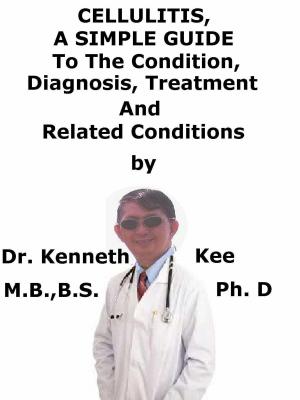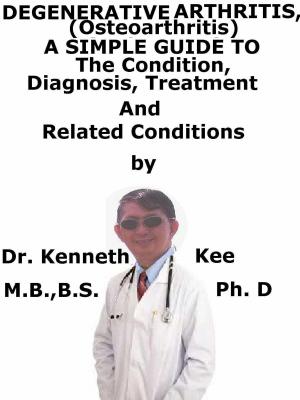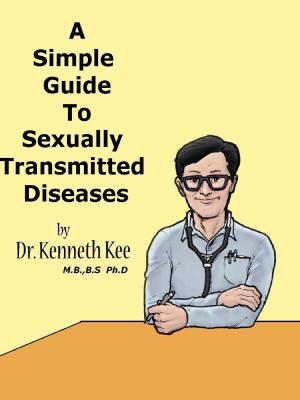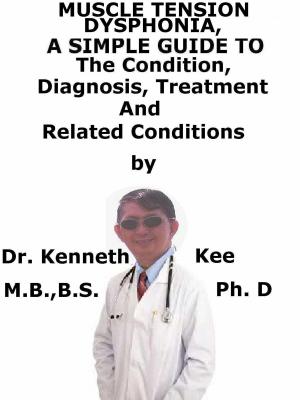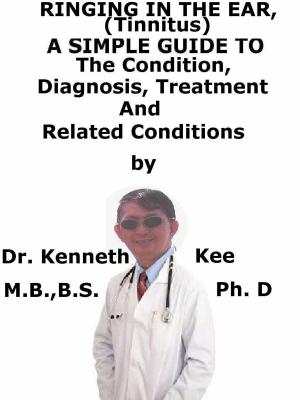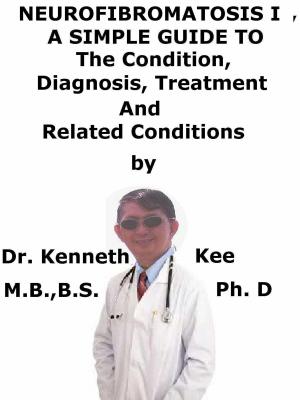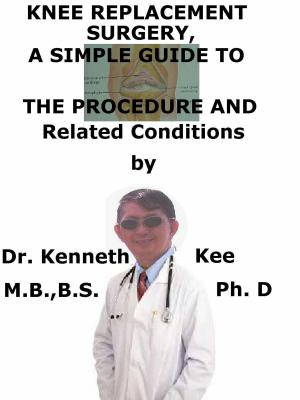Cholecystitis And Gallstones, A Simple Guide To The Condition, Diagnosis, Treatment And Related Conditions
Nonfiction, Health & Well Being, Health, Ailments & Diseases, Abdominal, Medical| Author: | Kenneth Kee | ISBN: | 9781370406579 |
| Publisher: | Kenneth Kee | Publication: | October 23, 2016 |
| Imprint: | Smashwords Edition | Language: | English |
| Author: | Kenneth Kee |
| ISBN: | 9781370406579 |
| Publisher: | Kenneth Kee |
| Publication: | October 23, 2016 |
| Imprint: | Smashwords Edition |
| Language: | English |
Cholecystitis is a medical disorder caused by acute or chronic inflammation of the gallbladder.
Acute cholecystitis is an acute inflammation of the gallbladder that causes severe abdominal pain.
Acute cholecystitis happens when bile becomes trapped in the gallbladder.
The collection of trapped bile produces irritation and pressure in the gallbladder.
This can result in infection and a hole (perforation) in the gallbladder.
In 90% of cases, acute cholecystitis is induced by gallstones in the gallbladder
Chronic cholecystitis induces irritation and swelling of the gallbladder that continues over time.
The causes of acute cholecystitis can be classified into two main categories:
Calculous cholecystitis is the most frequent and normally less serious type of acute cholecystitis.
It is responsible for around 95% of all cases.
Calculous cholecystitis occurs when the main opening to the gallbladder, called the cystic duct, becomes blocked by a gallstone or by a substance known as biliary sludge.
Biliary sludge is a combination of bile (produced by the liver that digests fats) and small crystals of cholesterol and salt.
The blockage in the cystic duct leads from a build-up of bile in the gallbladder, raising the pressure inside it and causing it to become inflamed.
Acalculous cholecystitis is often linked with problems such as accidental injury to the gallbladder during major surgery, blood poisoning (sepsis), serious damages or burns, severe malnutrition
The main symptom is pain in the upper right quadrant or upper middle part of the abdomen.
1. Slow onset of abdominal pain starting from the epigastrium, radiating to the right sub costal area, may be palpated in the back at the sub-scapular region that normally lasts at least 30 minutes.
2. Nausea and vomiting
3. Loss of appetite
Diagnosis can normally be made by:
Physical examination with a positive Murphy's sign.
The affected upper right part of the abdomen is normally extremely tender, and breathing deeply can make the pain worse.
Ultrasound is highly reliable in showing up the presence of gallstones
CT scan and magnetic resonance imaging (MRI) scan can help to diagnose the cholecystitis.
Intravenous, transhepatic and endoscopic retrograde cholangiography are more accurate in diagnosing the gallbladder function and stones
The initial treatment will normally involve:
1. Fasting (not eating or drinking) to take the strain off the gallbladder
2. Receiving fluids through a drip directly into a vein (intravenously) to prevent dehydration
3. Taking medication to relieve the pain
4. If the patient has a suspected infection, he or she will also be given antibiotics.
Surgery to remove the gallbladder (cholecystectomy) is normally needed when gallstones are present.
Gallstones consist of small cholesterol stones, normally made with cholesterol, that form in the gallbladder which is a sac that store bile from the liver.
TABLE OF CONTENT
Introduction
Chapter 1 Cholecystitis
Chapter 2 Gallstones
Chapter 3 Causes
Chapter 4 Symptoms
Chapter 5 Diagnosis
Chapter 6 Treatment
Chapter 7 Prognosis
Chapter 8 Cholangitis
Epilogue
Cholecystitis is a medical disorder caused by acute or chronic inflammation of the gallbladder.
Acute cholecystitis is an acute inflammation of the gallbladder that causes severe abdominal pain.
Acute cholecystitis happens when bile becomes trapped in the gallbladder.
The collection of trapped bile produces irritation and pressure in the gallbladder.
This can result in infection and a hole (perforation) in the gallbladder.
In 90% of cases, acute cholecystitis is induced by gallstones in the gallbladder
Chronic cholecystitis induces irritation and swelling of the gallbladder that continues over time.
The causes of acute cholecystitis can be classified into two main categories:
Calculous cholecystitis is the most frequent and normally less serious type of acute cholecystitis.
It is responsible for around 95% of all cases.
Calculous cholecystitis occurs when the main opening to the gallbladder, called the cystic duct, becomes blocked by a gallstone or by a substance known as biliary sludge.
Biliary sludge is a combination of bile (produced by the liver that digests fats) and small crystals of cholesterol and salt.
The blockage in the cystic duct leads from a build-up of bile in the gallbladder, raising the pressure inside it and causing it to become inflamed.
Acalculous cholecystitis is often linked with problems such as accidental injury to the gallbladder during major surgery, blood poisoning (sepsis), serious damages or burns, severe malnutrition
The main symptom is pain in the upper right quadrant or upper middle part of the abdomen.
1. Slow onset of abdominal pain starting from the epigastrium, radiating to the right sub costal area, may be palpated in the back at the sub-scapular region that normally lasts at least 30 minutes.
2. Nausea and vomiting
3. Loss of appetite
Diagnosis can normally be made by:
Physical examination with a positive Murphy's sign.
The affected upper right part of the abdomen is normally extremely tender, and breathing deeply can make the pain worse.
Ultrasound is highly reliable in showing up the presence of gallstones
CT scan and magnetic resonance imaging (MRI) scan can help to diagnose the cholecystitis.
Intravenous, transhepatic and endoscopic retrograde cholangiography are more accurate in diagnosing the gallbladder function and stones
The initial treatment will normally involve:
1. Fasting (not eating or drinking) to take the strain off the gallbladder
2. Receiving fluids through a drip directly into a vein (intravenously) to prevent dehydration
3. Taking medication to relieve the pain
4. If the patient has a suspected infection, he or she will also be given antibiotics.
Surgery to remove the gallbladder (cholecystectomy) is normally needed when gallstones are present.
Gallstones consist of small cholesterol stones, normally made with cholesterol, that form in the gallbladder which is a sac that store bile from the liver.
TABLE OF CONTENT
Introduction
Chapter 1 Cholecystitis
Chapter 2 Gallstones
Chapter 3 Causes
Chapter 4 Symptoms
Chapter 5 Diagnosis
Chapter 6 Treatment
Chapter 7 Prognosis
Chapter 8 Cholangitis
Epilogue
